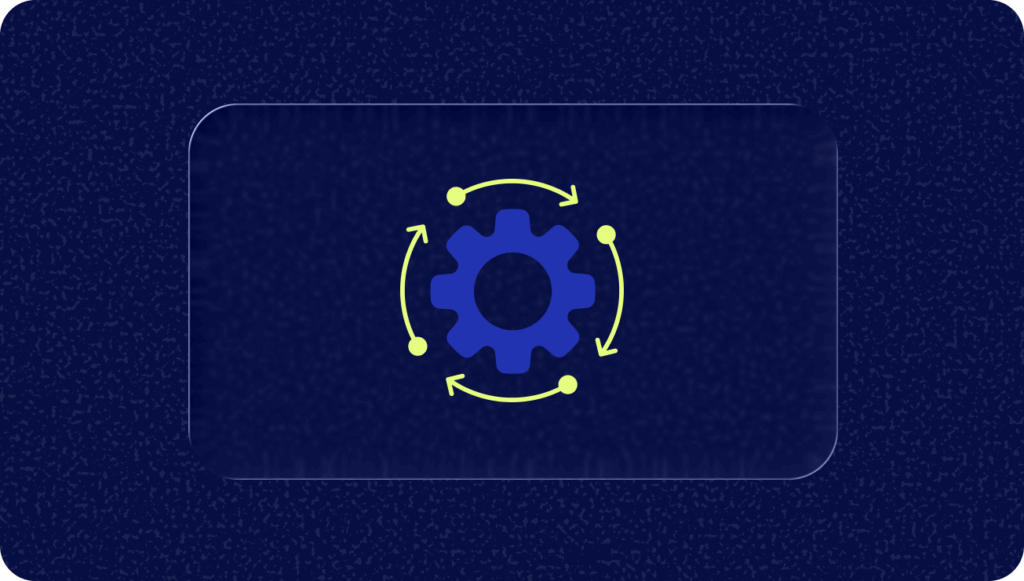See how you can reduce your customer service spend with our cost savings calculator.
Our digital customer service platform is largely built upon the notion that consumers want to communicate with brands like they communicate with one another: through a convenient and conversational channel.
That’s why we’ve prioritized messaging-based customer service — it has that same interface that popular messaging apps like iMessage and Whatsapp use — an interface that today’s consumers love.
While we know that delivering a great customer experience is a big deal for brands across industries, we also know that it needs to be fiscally viable as well. This is where our vision of “automated customer service” really comes into play. Brands that leverage automation such as bots and AI-powered classification, within their messaging channels, are able to save massively on costs over time.
Bots are able to take care of rote and routine tasks such as collecting information from customers and even handling certain tickets end-to-end. This is one area where cost savings really begin to add up, especially for enterprise brands that support hundreds of thousands or even millions of customers every month. Because of that scale, even automating 10 percent of workflows equates to substantial financial savings. Brands that leverage artificial intelligence to classify and route issues to bots (or agents when necessary) can further reduce costs that are often associated with manual triage.
Asynchronous Messaging Reveals Hidden Cost Savings
Staffing teams based on an asynchronous communication model is a less intuitive way to reduce costs.
The idea here is that brands can select some or all tickets to be handled asynchronously so that there is not a customer expectation of live support.
By allowing conversations to continue over a messaging thread for longer periods of time, many customers and issues will no longer require an immediate response like they would with live chat or phone calls. With messaging, customers don’t have to wait around in a chat window for an agent to respond, and consequently they don’t feel the associated frustration of having to wait on hold.
Teams can certainly provide real-time support for customers and urgent issues that require immediate responses, but they are not obligated to provide live chat because the interface no longer demands it. What this means for customer support teams is that they no longer need to staff for live chat, an expensive channel (second only to phone calls).
When using automation in tangent with messaging, the cost savings magnify. Customer service teams that prioritize automation within messaging channels are able to achieve unprecedented levels of efficiency because bots do a lot of the heavy lifting, and teams can staff smarter.
We want to put our money where our mouth is, though, so we’ve created a cost savings calculator to help us do just that.
This tool analyzes factors such as monthly ticket volume, channel delegation and opportunities for automation in order to provide you with an estimate of how much you can save by partnering with Helpshift and prioritizing digital customer service.
Check it out, and let us know if you’d like a demo to see how the platform can be put to work to help you achieve your customer service goals.








